-
 bitcoin
bitcoin $112715.707551 USD
-1.71% -
 ethereum
ethereum $4101.475385 USD
-3.01% -
 tether
tether $1.000644 USD
-0.02% -
 bnb
bnb $1207.619465 USD
-6.77% -
 xrp
xrp $2.501451 USD
-3.98% -
 solana
solana $202.947124 USD
-3.32% -
 usd-coin
usd-coin $1.000295 USD
0.04% -
 dogecoin
dogecoin $0.203884 USD
-4.47% -
 tron
tron $0.317154 USD
-1.72% -
 cardano
cardano $0.695009 USD
-4.43% -
 hyperliquid
hyperliquid $38.853961 USD
-8.23% -
 chainlink
chainlink $18.988674 USD
-4.64% -
 ethena-usde
ethena-usde $1.000233 USD
-0.03% -
 stellar
stellar $0.337050 USD
-3.63% -
 bitcoin-cash
bitcoin-cash $536.861728 USD
-1.28%
What are the Maker and Taker fees for KuCoin?
KuCoin offers competitive trading fees with maker and taker rates starting at 0.10%, reducible through KCS holdings, VIP tiers, and liquidity rebates.
Sep 21, 2025 at 08:54 am
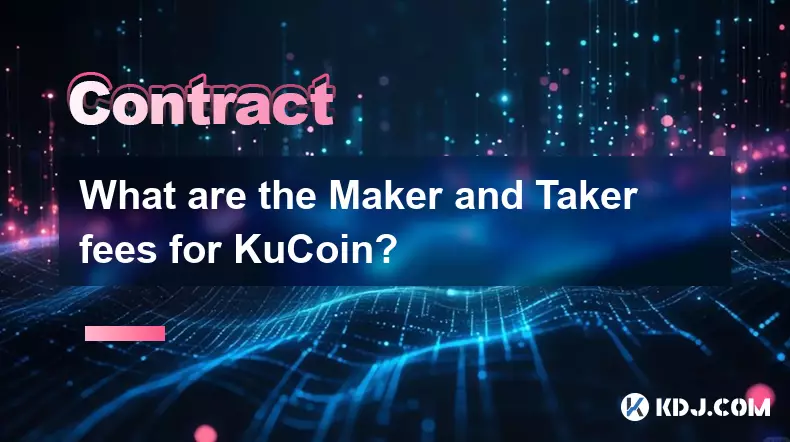
Understanding KuCoin's Fee Structure
1. KuCoin operates with a dual fee model that distinguishes between makers and takers in its trading engine. Makers place limit orders that add liquidity to the order book, while takers execute market orders that remove liquidity. The platform rewards those who contribute to market depth by offering lower fees or even rebates under certain conditions.
2. Standard maker fees on KuCoin are set at 0.10%. This applies when users place limit orders that do not immediately match existing orders, thus enhancing the exchange’s available liquidity. These orders remain on the books until another trader fulfills them.
3. Taker fees are also typically 0.10% for standard accounts. This fee is charged when a trade order is executed instantly against an existing order in the order book. Because this action consumes liquidity, the fee structure reflects the cost of immediate execution.
4. Users who hold KuCoin Shares (KCS), the native utility token of the exchange, can reduce their trading fees. Holding KCS qualifies traders for tiered discounts based on the amount staked. For example, holding more than 6 KCS in one’s account reduces both maker and taker fees by 20%, while higher holdings lead to greater reductions.
5. KuCoin offers a rebate program for high-volume makers. Eligible users who consistently provide liquidity may receive a portion of their fees back, sometimes resulting in negative effective fees—meaning they get paid to trade. This incentive encourages continuous participation in building robust trading pairs.
KuCoin VIP Tiers and Fee Discounts
1. KuCoin classifies users into VIP levels based on 30-day trading volume and average KCS balance. These tiers range from VIP 0 to VIP 4, each offering progressively lower trading fees and additional benefits such as increased withdrawal limits and dedicated support.
2. At VIP 1, maker fees drop to 0.08% and taker fees fall to 0.08%, provided the user meets minimum volume and KCS requirements. Higher tiers offer further reductions, with VIP 4 achieving maker fees as low as 0.02% and taker fees of 0.05%.
3. The system recalculates VIP status daily, allowing active traders to move up or down tiers depending on recent activity. This dynamic adjustment ensures that fee structures align closely with current engagement levels rather than historical performance alone.
4. Institutional traders and market makers can apply for customized fee schedules outside the public VIP framework. These arrangements often include deeper rebates and personalized service, catering to entities that bring substantial liquidity to specific trading pairs.
5. Fee discounts from KCS holdings stack with VIP tier reductions, enabling top-tier users to achieve some of the lowest effective rates in the industry. Strategic use of KCS staking combined with high-volume trading amplifies savings significantly over time.
Fee Calculation Examples and Practical Impact
1. A retail trader placing a $10,000 limit buy order for BTC/USDT at standard rates incurs a maker fee of $10. If the same trader uses a market order, the taker fee remains $10 under default settings. The symmetry in base fees simplifies initial learning curves for new users.
2. A user holding 50 KCS and classified as VIP 2 sees their effective maker fee reduced to 0.06%. On the same $10,000 trade, the cost drops to $6—a 40% reduction compared to non-KCS holders without VIP status.
3. High-frequency traders benefiting from maker rebates might pay a negative fee of -0.01%, effectively earning $1 for every $10,000 in maker volume. This transforms their operational costs and supports scalable algorithmic strategies.
4. Fees are deducted in the quote currency by default, though users can opt to pay in KCS for additional discounts. Choosing KCS payment at full rate provides a 20% discount, compounding the advantages for token holders.
5. Withdrawal fees remain separate from trading fees and vary by blockchain network. However, frequent traders earn fee credits through promotions and loyalty programs, which can offset withdrawal costs over time.
Frequently Asked Questions
How does KuCoin define a maker versus a taker?A maker places a limit order that adds liquidity to the order book and waits to be matched. A taker places an order that executes immediately against an existing order, removing liquidity from the market.
Can I reduce my fees without holding KCS?Yes, increasing your trading volume can elevate your VIP level, which lowers fees independently of KCS holdings. However, combining both methods yields the greatest savings.
Are futures trading fees different from spot fees?Yes, futures trading on KuCoin follows a separate fee schedule. Maker fees for futures can be as low as 0.02%, while taker fees start at 0.05%, varying by contract type and user tier.
Do fees vary across trading pairs?Most major pairs follow the standard fee structure, but some newly listed or low-volume tokens may have promotional fee periods or adjusted rates to encourage trading activity.
Disclaimer:info@kdj.com
The information provided is not trading advice. kdj.com does not assume any responsibility for any investments made based on the information provided in this article. Cryptocurrencies are highly volatile and it is highly recommended that you invest with caution after thorough research!
If you believe that the content used on this website infringes your copyright, please contact us immediately (info@kdj.com) and we will delete it promptly.
- MEXC's Explosive Growth: Trading Volume and Token Gains in Focus
- 2025-10-15 18:25:16
- Pudgy Penguins Price Prediction: Bull Flag Hints at Breakout!
- 2025-10-15 18:45:14
- GateToken Q3 2025 Onchain Destruction: Deflationary Strategy in Action
- 2025-10-15 18:45:14
- Chainlink (LINK): Super Bullish Signals Amidst Institutional Adoption
- 2025-10-15 18:25:16
- Arbitrum (ARB) Comeback: Is a Price Surge on the Horizon?
- 2025-10-15 19:05:12
- Coinbase's India Crypto Play: A Bullish Bet on CoinDCX and the Future of Digital Assets
- 2025-10-15 18:30:01
Related knowledge

How to calculate the ROI for Ethereum contracts?
Oct 09,2025 at 04:36pm
Understanding Ethereum Contract ROI Basics1. Return on Investment (ROI) for Ethereum contracts begins with tracking the initial capital deployed into ...

How to find arbitrage opportunities between different Bitcoin contracts?
Oct 14,2025 at 11:18pm
Finding Arbitrage Opportunities in Bitcoin Futures Markets1. Monitor price discrepancies across exchanges offering Bitcoin futures contracts. Differen...
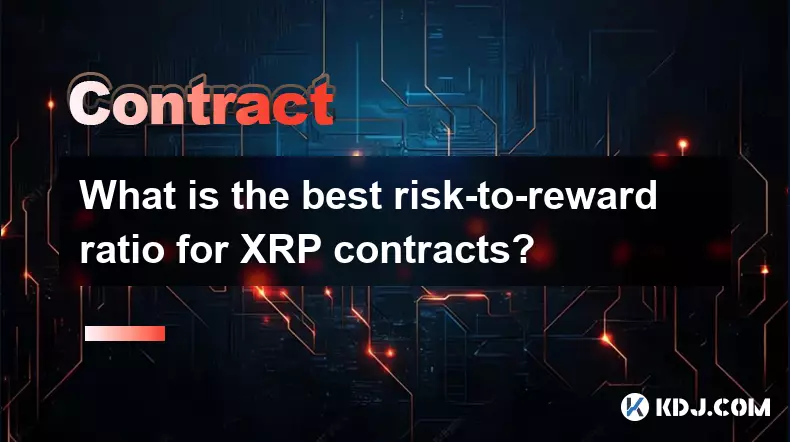
What is the best risk-to-reward ratio for XRP contracts?
Oct 11,2025 at 04:18am
Understanding Risk-to-Reward in XRP Futures Trading1. The risk-to-reward ratio is a fundamental metric used by traders to evaluate the potential profi...
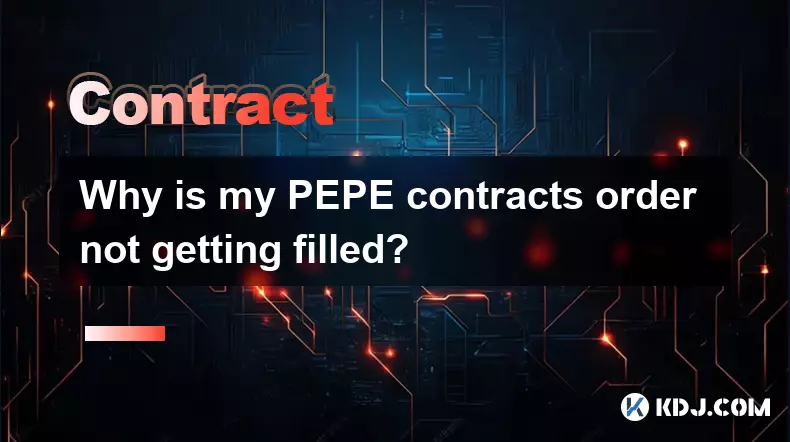
Why is my PEPE contracts order not getting filled?
Oct 12,2025 at 06:01pm
Understanding Liquidity Issues in PEPE Contracts1. Low liquidity is one of the primary reasons a PEPE contract order may not get filled. Many meme-bas...
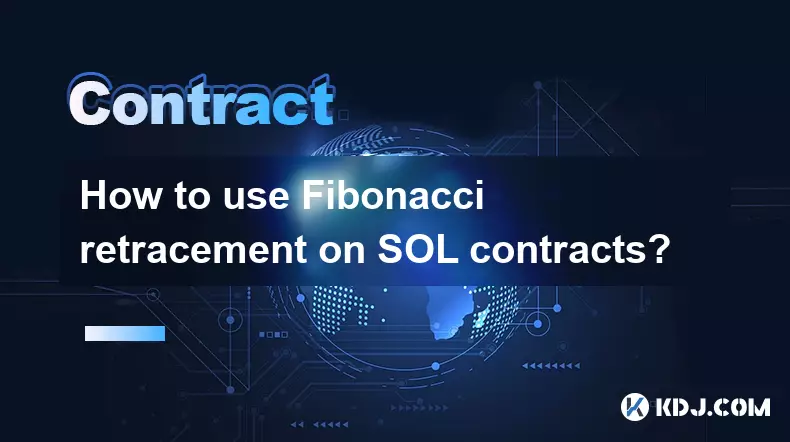
How to use Fibonacci retracement on SOL contracts?
Oct 14,2025 at 02:36pm
Fibonacci Retracement Basics in SOL Trading1. Fibonacci retracement is a technical analysis tool used to identify potential support and resistance lev...

Is it better to trade Dogecoin contracts or spot?
Oct 12,2025 at 04:54pm
Understanding Dogecoin Spot Trading Mechanics1. Spot trading involves the direct purchase and ownership of Dogecoin at the current market price. Trade...

How to calculate the ROI for Ethereum contracts?
Oct 09,2025 at 04:36pm
Understanding Ethereum Contract ROI Basics1. Return on Investment (ROI) for Ethereum contracts begins with tracking the initial capital deployed into ...

How to find arbitrage opportunities between different Bitcoin contracts?
Oct 14,2025 at 11:18pm
Finding Arbitrage Opportunities in Bitcoin Futures Markets1. Monitor price discrepancies across exchanges offering Bitcoin futures contracts. Differen...

What is the best risk-to-reward ratio for XRP contracts?
Oct 11,2025 at 04:18am
Understanding Risk-to-Reward in XRP Futures Trading1. The risk-to-reward ratio is a fundamental metric used by traders to evaluate the potential profi...

Why is my PEPE contracts order not getting filled?
Oct 12,2025 at 06:01pm
Understanding Liquidity Issues in PEPE Contracts1. Low liquidity is one of the primary reasons a PEPE contract order may not get filled. Many meme-bas...

How to use Fibonacci retracement on SOL contracts?
Oct 14,2025 at 02:36pm
Fibonacci Retracement Basics in SOL Trading1. Fibonacci retracement is a technical analysis tool used to identify potential support and resistance lev...

Is it better to trade Dogecoin contracts or spot?
Oct 12,2025 at 04:54pm
Understanding Dogecoin Spot Trading Mechanics1. Spot trading involves the direct purchase and ownership of Dogecoin at the current market price. Trade...
See all articles





















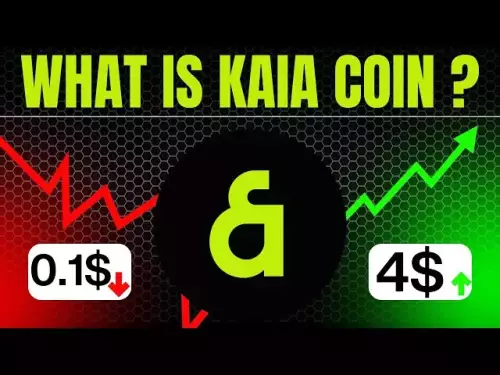

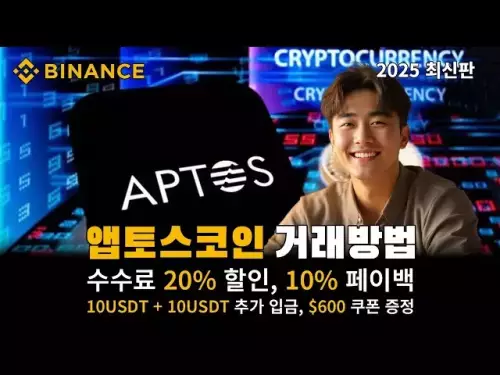


![Staking ATH: How To Stake $ATH in October 2025 with 523% APY — [Step-By-Step Guide] Staking ATH: How To Stake $ATH in October 2025 with 523% APY — [Step-By-Step Guide]](/uploads/2025/10/15/cryptocurrencies-news/videos/staking-ath-stake-ath-october-apy-stepstep-guide/68eef94d80903_image_500_375.webp)















































